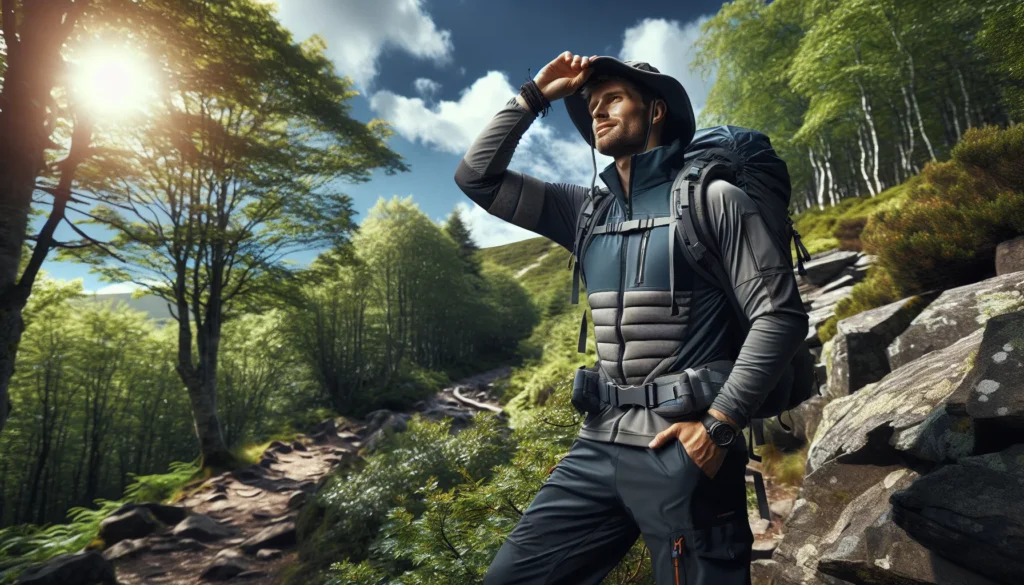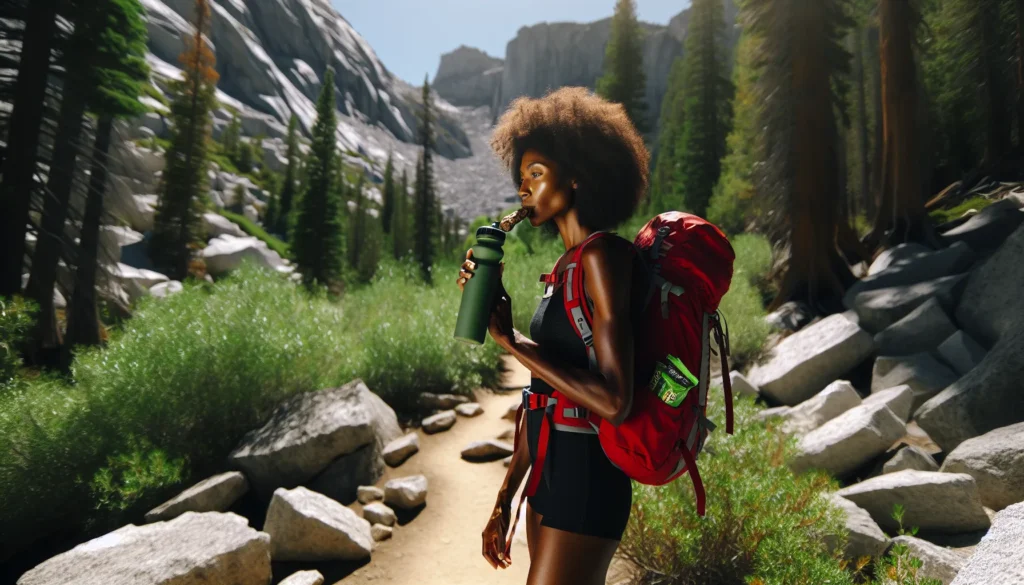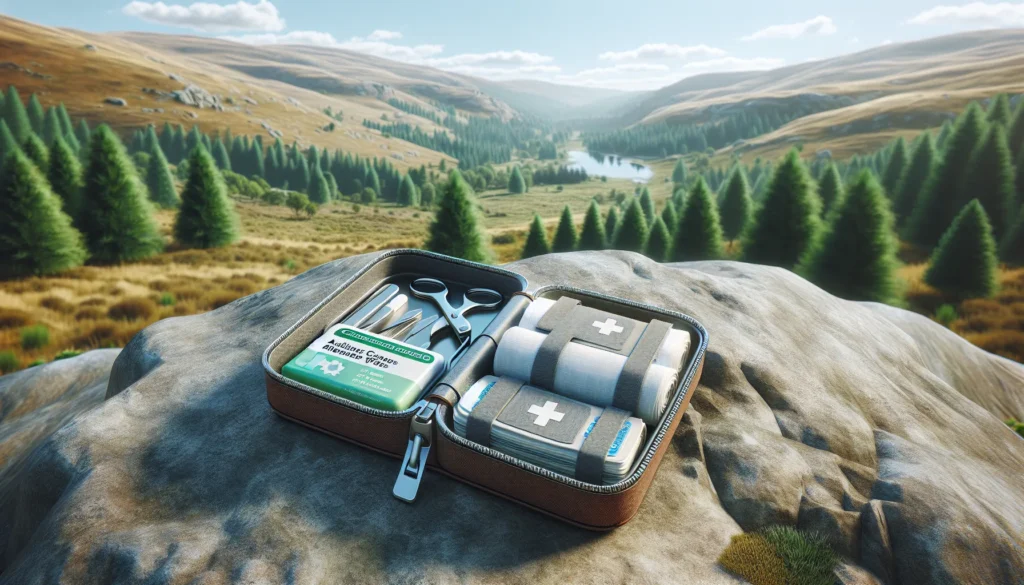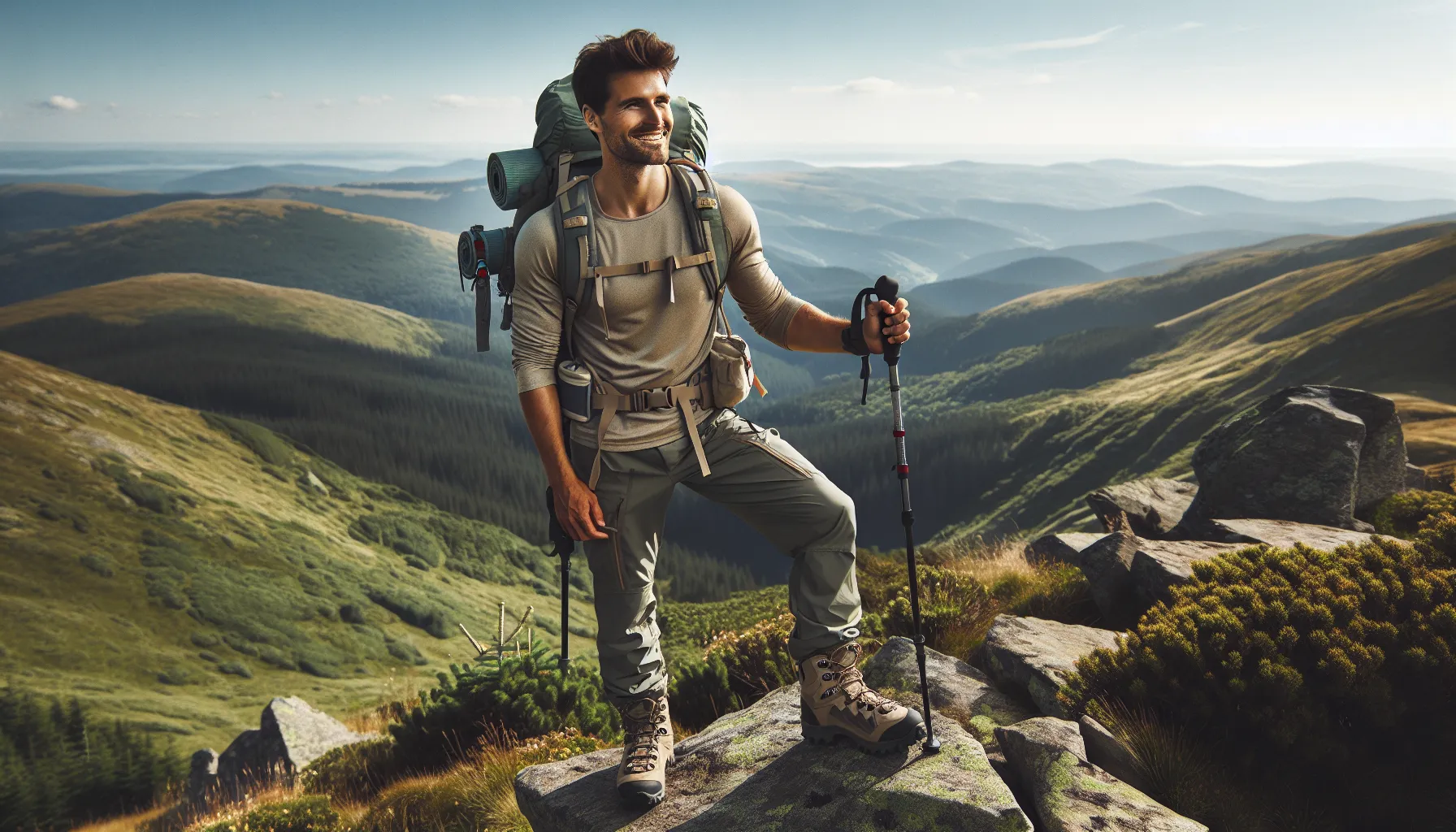Key Takeaways
- Proper Gear is Essential: Invest in sturdy footwear, a well-fitted backpack, and essential navigation tools like maps and a compass to ensure safety and comfort on the trails.
- Dress for Conditions: Wear layered clothing to adapt to changing weather, including moisture-wicking base layers, insulating mid-layers, and weather-appropriate outer shells.
- Stay Hydrated and Energized: Bring enough water, filtration tools, and high-energy snacks like trail mix and granola bars to maintain energy levels and hydration.
- Prioritize Safety: Pack a compact first aid kit, emergency supplies, and items like whistles or headlamps to handle unexpected situations during your hike.
- Comfort Matters: Optional extras like trekking poles, sunscreen, and personal comfort items enhance your hiking experience while keeping you prepared for minor inconveniences.
Hiking’s one of my favorite ways to escape the daily grind and reconnect with nature. There’s nothing quite like the fresh air, scenic views, and the sense of accomplishment after reaching the summit. But let’s be honest—heading out unprepared can turn an adventure into a struggle real fast.
Essential Hiking Gear
Bringing the right gear makes a huge difference during any hike. I always pack thoughtfully to stay comfortable, safe, and prepared for any surprises.
Proper Footwear
Good hiking shoes or boots are non-negotiable. I choose footwear with sturdy soles and ankle support to handle uneven terrain and prevent injuries. For longer hikes or wet conditions, I prefer waterproof shoes. Comfortable socks, like moisture-wicking or wool, reduce the risk of blisters.
Backpack
A well-fitted backpack carries all the essentials without straining my shoulders or back. I use a lightweight, durable pack with adjustable straps and multiple compartments. For day hikes, I go for a capacity of 15-30 liters to hold water, food, layers, and a first aid kit.
Navigation Tools
Physical maps and a compass are essential alongside GPS or smartphone apps. Batteries can die, but printed tools won’t fail me. I study the trail beforehand and keep these tools within easy reach for quick consultation if I lose my way.
Clothing Essentials

Choosing the right clothing for hiking ensures comfort and protection throughout the adventure. Proper attire prevents discomfort and keeps me ready for changing conditions on the trail.
Layering Basics
Layering helps regulate body temperature during a hike. I start with a moisture-wicking base layer, such as a synthetic or merino wool shirt, to keep sweat away from my skin. An insulating mid-layer, like a fleece or down jacket, traps heat and keeps me warm. Finally, I add a waterproof and windproof outer shell to block rain and wind without restricting movement.
Weather-Appropriate Options
Adapting my clothing to the weather is critical for staying comfortable. For warm-weather hikes, I opt for lightweight, breathable fabrics. A hat and sunglasses protect me from sun exposure, while light-colored clothing reduces heat absorption. In colder conditions, I add thermal layers and a beanie to prevent heat loss. For rainy or snowy trails, I bring waterproof pants and jackets to stay dry.
Food And Hydration

Packing the right food and water ensures you stay energized and hydrated while hiking. I always plan based on the hike’s duration and intensity to avoid running out of essentials.
Snacks And Energy Boosters
High-energy snacks keep my energy levels stable during long hikes. I bring items like trail mix with nuts, dried fruit, and dark chocolate for quick calories. Granola bars or protein bars work well for extended treks, offering a compact source of slow-burning energy. Fresh fruit, such as apples or bananas, is refreshing for shorter hikes. I avoid bulky or perishable items since they’re harder to carry and store.
Water And Filtration Tools
Staying hydrated is crucial during any hike. I carry at least 0.5 liters of water per hour of hiking in a reusable bottle or hydration pack. For longer hikes, I bring a water filter, such as a portable squeeze filter or purification tablets, to refill safely from natural water sources. Electrolyte tablets or powder packets help replace lost minerals on hot or strenuous outings.
Safety And First Aid

Bringing safety and first aid essentials ensures that I can handle unexpected situations during a hike. Preparedness makes every hike safer and more enjoyable.
First Aid Kit
I pack a compact first aid kit to handle minor injuries. It includes adhesive bandages, antiseptic wipes, antibiotic ointment, gauze pads, medical tape, and tweezers for splinters. I also carry pain relievers, antihistamines for allergic reactions, and blister treatments like moleskin or gel pads. For longer hikes, I include a triangular bandage for support and a small pair of trauma shears.
Emergency Supplies
Essential emergency gear helps me stay safe in case of sudden changes or accidents. I carry a whistle, a lightweight thermal blanket, and a waterproof fire starter kit. My emergency items also include a multi-tool for various tasks and a compact headlamp with spare batteries. If I’m going on a remote hike, I add a personal locator beacon (PLB) or satellite messenger for communication when cell service is unavailable.
Extras For Comfort And Convenience
Bringing a few additional items can make any hike more enjoyable. These extras focus on convenience and added comfort for the trail.
Trekking Poles
Trekking poles help reduce strain on my knees and improve balance, especially on steep trails or uneven terrain. I choose adjustable poles to fit my height and prefer lightweight materials like aluminum or carbon fiber. Collapsible designs make them easier to pack when not in use. On long descents, they provide extra stability and reduce joint fatigue.
Personal Items
I always pack sunscreen with at least SPF 30 to protect against UV exposure, even on cloudy days. Lip balm with SPF keeps my lips from drying out. A lightweight, packable towel is helpful for wiping sweat or drying off after crossing streams.
Hand sanitizer or biodegradable wet wipes help keep my hands clean before snacking. I include a small journal or notebook if I want to jot down thoughts or note scenic highlights, along with a pen or pencil. For extra comfort, I bring compact camp cushions to sit on during breaks.
These items might not be essentials, but they make my hike more enjoyable and keep me prepared for the small, unexpected needs on the trail.
Conclusion
Hiking is such a rewarding experience, but being prepared truly makes all the difference. When I take the time to pack thoughtfully and consider the essentials, I feel more confident and able to enjoy every moment on the trail. It’s not just about safety, though that’s crucial—it’s also about making the journey comfortable and fun.
Every hike is an opportunity to connect with nature and challenge myself, and having the right gear and mindset ensures I can focus on the adventure rather than any avoidable mishaps. So whether it’s a quick day hike or a multi-day trek, I always remind myself that preparation is key to creating lasting memories.
Frequently Asked Questions
1. What are the essential items to pack for a hike?
To ensure safety and comfort, pack proper footwear, a well-fitted backpack, navigation tools (maps and compass), water, high-energy snacks, layered clothing, a first aid kit, and emergency supplies like a whistle and fire starter.
2. How much water should I carry on a hike?
Carry at least 0.5 liters of water per hour of hiking. For longer hikes, use water filtration tools to safely refill from natural sources.
3. What type of clothing is best for hiking?
Dress in layers: a moisture-wicking base layer, an insulating mid-layer, and a waterproof outer layer. Adapt clothing to weather conditions for maximum comfort.
4. What types of food are recommended for hiking?
Pack lightweight, high-energy snacks such as trail mix, granola bars, and fresh fruit. Avoid bulky or perishable items for convenience.
5. How can I stay safe while hiking?
Bring a first aid kit, emergency supplies (like a whistle and thermal blanket), and navigation tools. For remote hikes, consider carrying a personal locator beacon or satellite messenger.
6. Why are trekking poles useful for hiking?
Trekking poles reduce strain on your knees, improve balance on uneven terrain, and provide support on steep inclines or descents.
7. How do I prepare for sudden weather changes while hiking?
Layer your clothing so you can adjust to temperature and weather shifts. Always carry a waterproof outer shell and consider thermal layers for colder hikes.
8. What should I include in a hiking first aid kit?
A basic kit should have adhesive bandages, antiseptic wipes, pain relievers, tweezers, and blister treatments for minor injuries.
9. How can I ensure my navigation tools are reliable?
Always bring physical maps and a compass, as technology like GPS or phones might fail in remote areas. Learn basic map-reading skills before hiking.
10. Are there any comfort items I should bring on a hike?
Personal items like sunscreen, lip balm, hand sanitizer, a lightweight towel, and a small journal can enhance comfort and the overall hiking experience.

